1. What is the population of Ljubljana?
Ljubljana combines a quaint and well-kept mediaeval old town at its centre with more modern districts radiating out in all directions. An estimated 288,359 people officially call the city home, but it is said that its size swells to well over half a million on any given weekday, with large numbers of workers and students making daily migrations. Thanks in part to this massive influx, Ljubljana has a vibrancy and youthful air that would be the envy of much larger cities, with countless cultural events taking place on a daily basis. And at the same time it manages to be one of the safest and cleanest cities of its size anywhere in Europe, even being named the European Green Capital back in 2016.
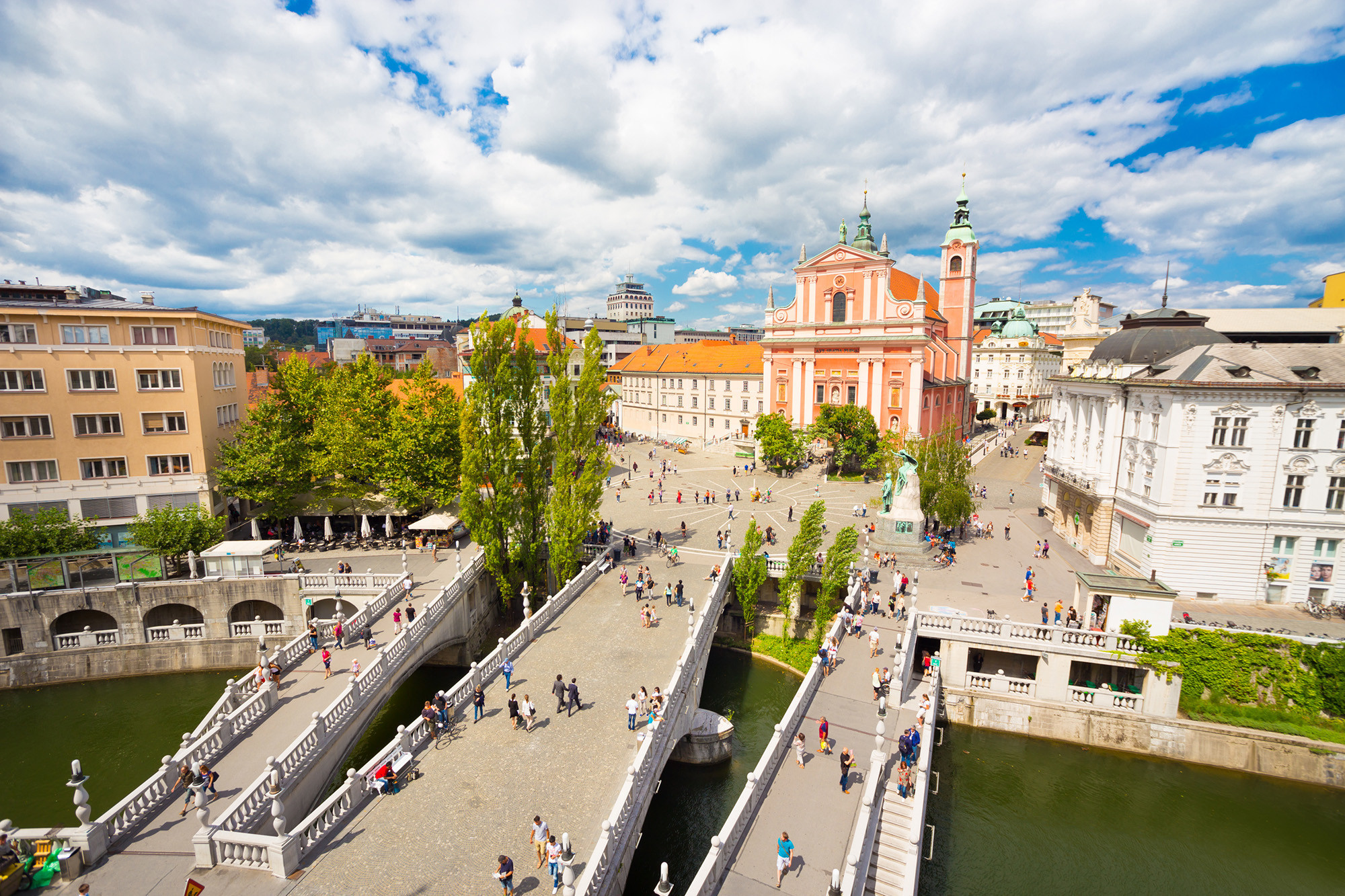
2. The world’s oldest wheel was discovered near Ljubljana. How old is it estimated to be?
The world's oldest wheel was discovered in the Ljubljana Marshes near Ljubljana. The wheel, which is made of ash wood, is believed to have been used for transport and is considered a significant archaeological discovery, it is estimated to be around 5,200 years old. It is currently on display at the City Museum of Ljubljana, where visitors can marvel at its primitive yet innovative design. The discovery of the wheel is a testament to the rich history and cultural heritage of Ljubljana, providing valuable insights into the technological advancements of our ancestors.
3. What year did SNG Opera and Ballet open?
The Slovenian National Theatre Opera and Ballet (SNG Opera and Ballet) is a prestigious cultural institution in Ljubljana, showcasing world-class performances in opera, ballet, and other performing arts. The building itself is an architectural gem, with a grand facade and opulent interiors. The repertoire includes both classic and contemporary works, performed by talented artists and musicians. The SNG Opera and Ballet is a cultural hub of Ljubljana, attracting visitors and enthusiasts from around the world since its opening in 1892. Its exquisite performances and elegant atmosphere make it a must-visit destination for culture lovers.
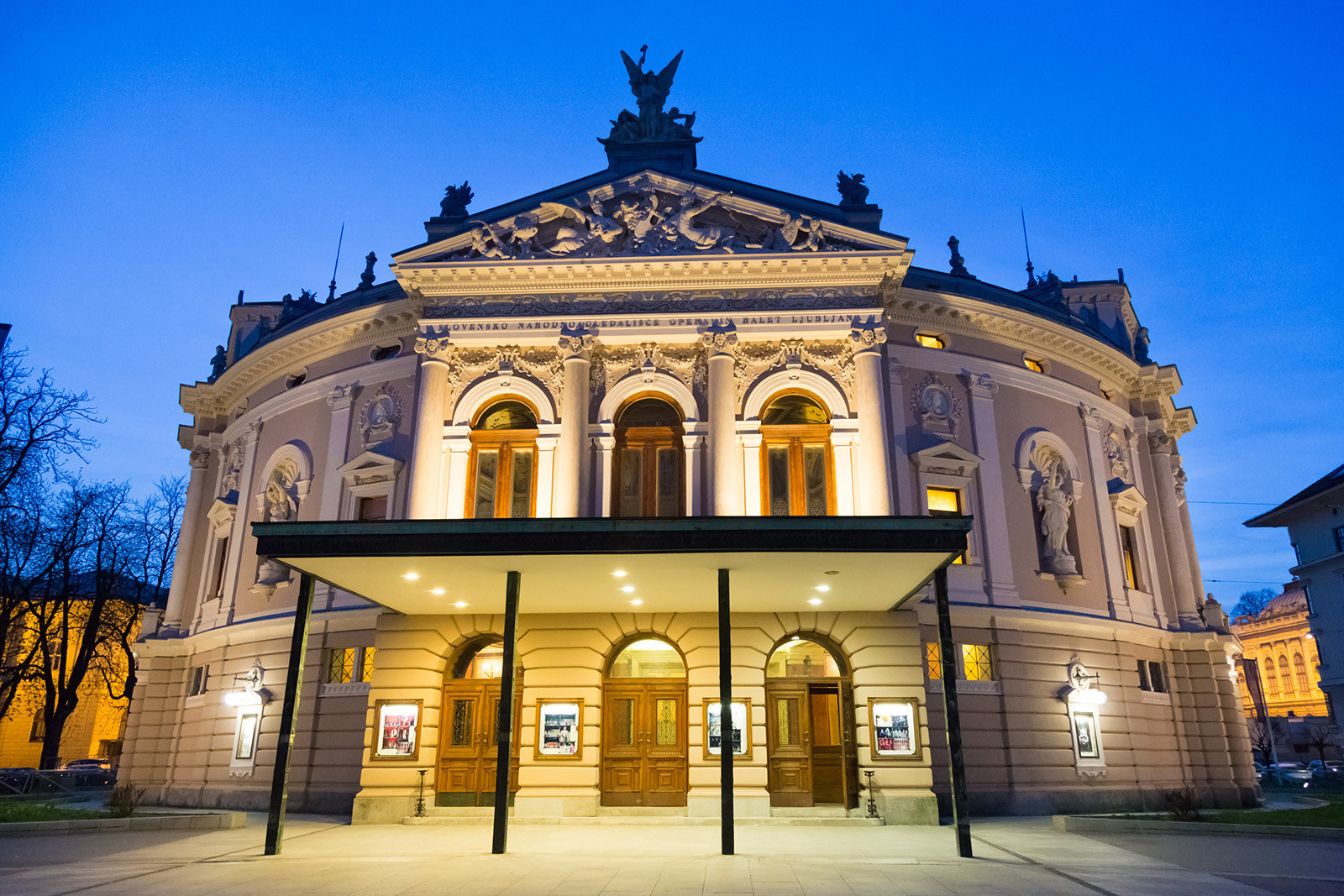
4. How many bridges are there in Ljubljana?
Ljubljana is known as the city of bridges, each one boasting its own unique history and architectural style, ranging from the iconic Triple Bridge to the modern Hladnik Footbridge. The 17 bridges are an integral part of Ljubljana's urban landscape, connecting the city's historic old town with the modern city centre. They are also popular spots for leisure activities, with many visitors and locals enjoying a stroll or a picnic along the riverbanks. The abundance of bridges in Ljubljana adds to the city's charm and allure.
5. What's the oldest bridge in Ljubljana?
The oldest bridge in Ljubljana is the Cobbler's Bridge (Čevljarski most), also known as the Shoemakers' Bridge or the Lower Bridge (Spodnji most). The bridge was built in the early 1930s by the architect Jože Plečnik and connects two major parts of medieval Ljubljana. A wooden bridge originally crossed the river here and dated back to the 13th century, and was known as the Upper Bridge (Zgornji most).
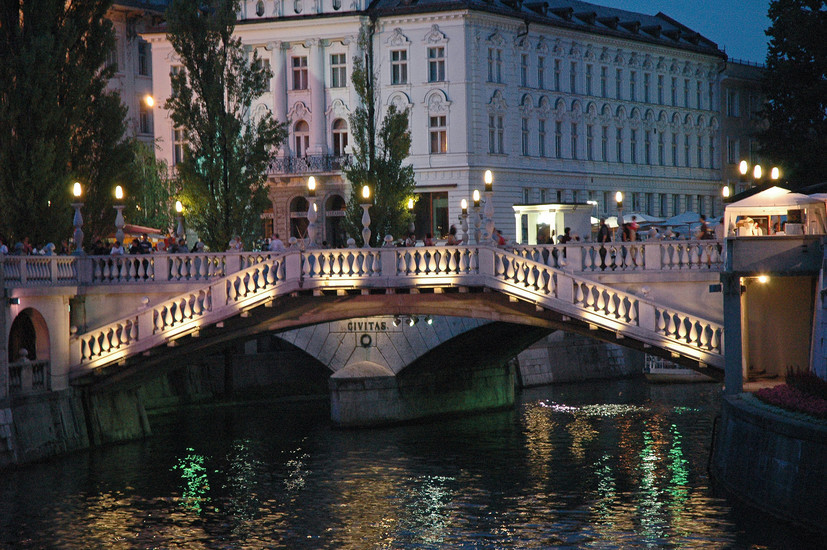
6. When did central Ljubljana become car free?
Ljubljana's pedestrianised city centre is a haven for walkers, cyclists, and tourists. The pedestrianisation project was initiated in the early 2000s, and completed in 2013. The transformation has led to cleaner air, reduced traffic congestion, and improved accessibility to public spaces. Visitors to Ljubljana can enjoy strolling through the city's charming streets and squares, discovering its historic landmarks, and stopping at cafes and restaurants along the way. The pedestrian-friendly city centre has become a hallmark of Ljubljana's urban sustainability and livability.
7. How long is the Ljubljanica river?
The Ljubljanica River is a picturesque waterway that runs through the heart of Ljubljana, Slovenia. The river is approximately 41 km long and flows from its source in the foothills of the Julian Alps to its mouth at the Sava River. Its banks are lined with historic buildings, bridges, and cafes, making it a popular spot for tourists and locals to relax and enjoy the scenery. The river also played an important role in the city's history and continues to be a symbol of Ljubljana's beauty and charm. Numerous river cruises run year-round and provide a charming way to enjoy the city.
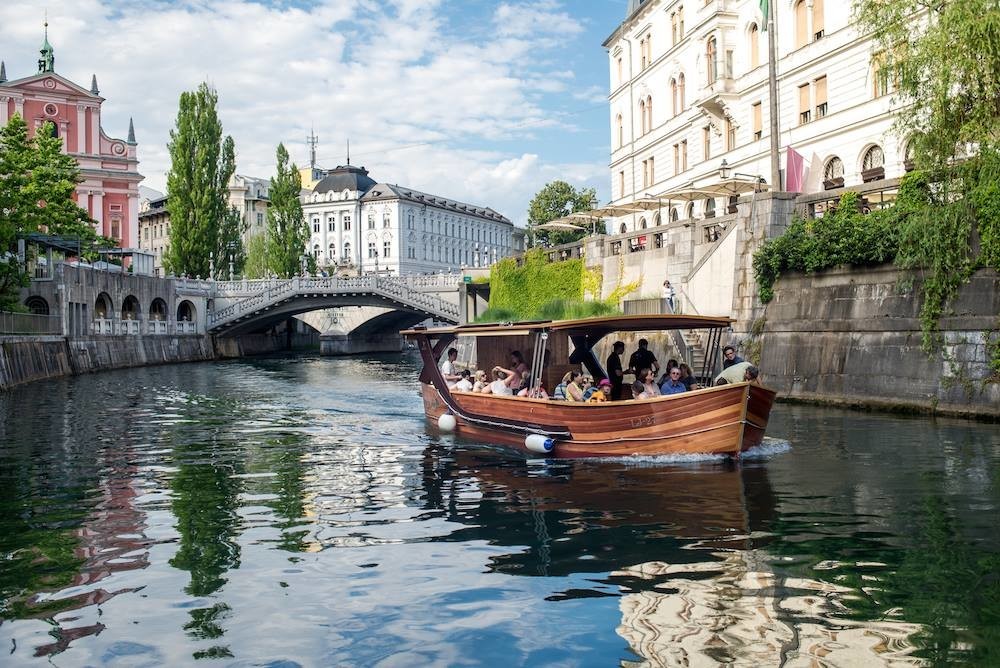
8. What percentage of Slovenian people speak English?
English is taught as a compulsory subject in schools, and many Slovenians have learned the language through travel or work abroad. The younger generation is particularly fluent in English, with proficiency levels increasing among those aged 18-24. As a result, English is commonly used in business, tourism, and academic contexts, making it relatively easy for English-speaking visitors to communicate and navigate their way around Slovenia. According to a survey conducted by the European Commission in 2021, approximately 67% of Slovenians report that they can speak English as a foreign language.
9. How many square kilometres does Tivoli Park cover?
Tivoli Park is a vast green oasis in the heart of Ljubljana, covering an area of approximately 5 square kilometres. The park is a popular destination for locals and tourists alike, offering a range of activities and attractions. Visitors can stroll along tree-lined paths, picnic in the meadows, explore historic landmarks, and admire the diverse flora and fauna. Tivoli Park is also home to several museums, galleries, and sports facilities, making it a dynamic hub of cultural and recreational activities. Its size and diversity make Tivoli Park a unique and treasured asset of the city.
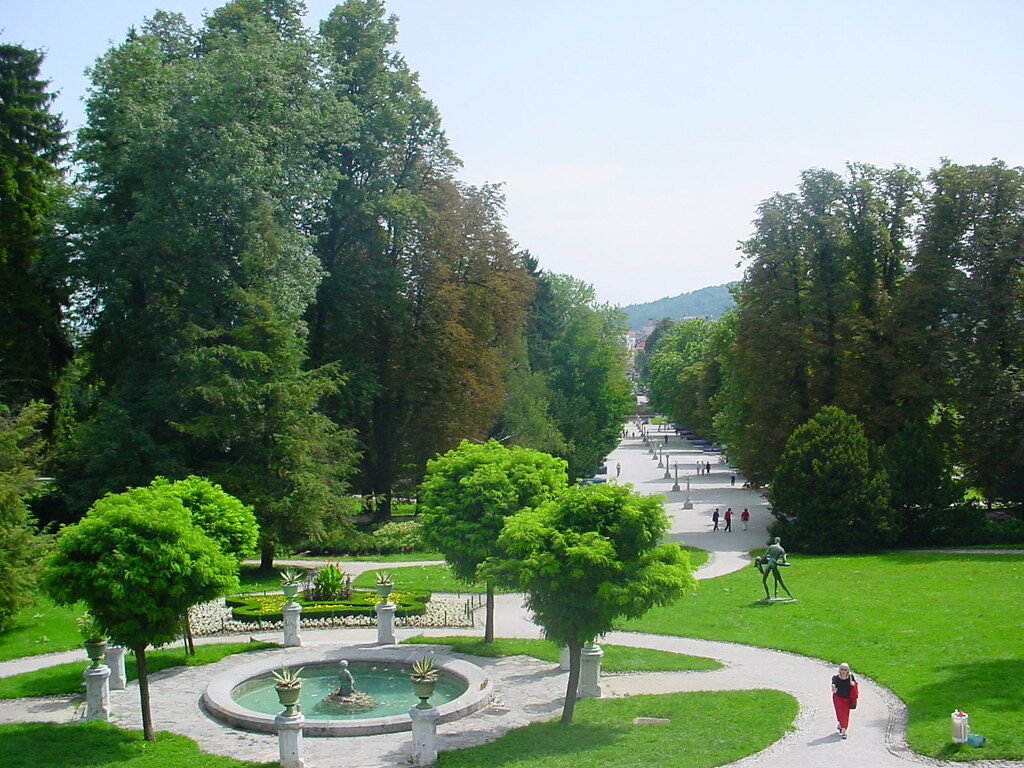
10. How many drinking water fountains are there in Ljubljana?
Ljubljana city centre is dotted with around 40 public drinking fountains, which provide free and fresh drinking water to locals and visitors alike. The fountains are an important element of the city's sustainable infrastructure, reducing plastic waste and promoting a healthy lifestyle. They can be found in prominent locations, such as Prešeren Square and Congress Square, and are designed in a variety of styles, from modern and sleek to traditional and ornate. The abundance of drinking fountains in Ljubljana is a testament to the city's commitment to sustainability and public health.
11. Which of Ljubljana’s museums is the oldest?
The National Museum of Slovenia is a cultural institution that showcases the rich heritage and history of Slovenia. Established in 1821, it houses a diverse collection of archaeological artefacts, artistic masterpieces, and ethnological objects. The museum offers visitors a unique opportunity to explore Slovenia's past through its exhibitions, which cover topics ranging from prehistoric times to modern era. With its commitment to preserving and promoting Slovenian cultural identity, the National Museum serves as a vital hub for education, research, and appreciation of the country's artistic and historical legacy.
12. How many different species of animal can be found at Ljubljana Zoo?
Ljubljana Zoo was established in 1949 and has a fascinating history of conservation and education. Originally located in Tivoli Park, it moved to its current location in 1951. Over the years, the zoo has expanded and enriched its collection, now housing around 500 animals representing over 120 different species. From endangered species to local wildlife, Ljubljana Zoo provides a unique opportunity for visitors to learn about and connect with various animals. With its commitment to animal welfare and conservation efforts, the zoo serves as an important institution in preserving biodiversity and promoting environmental awareness in Slovenia.


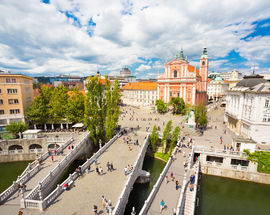
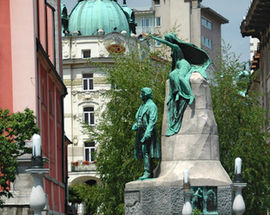
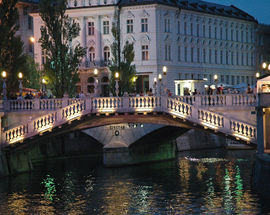
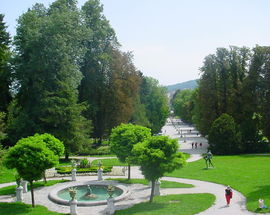
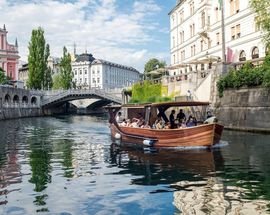




Comments